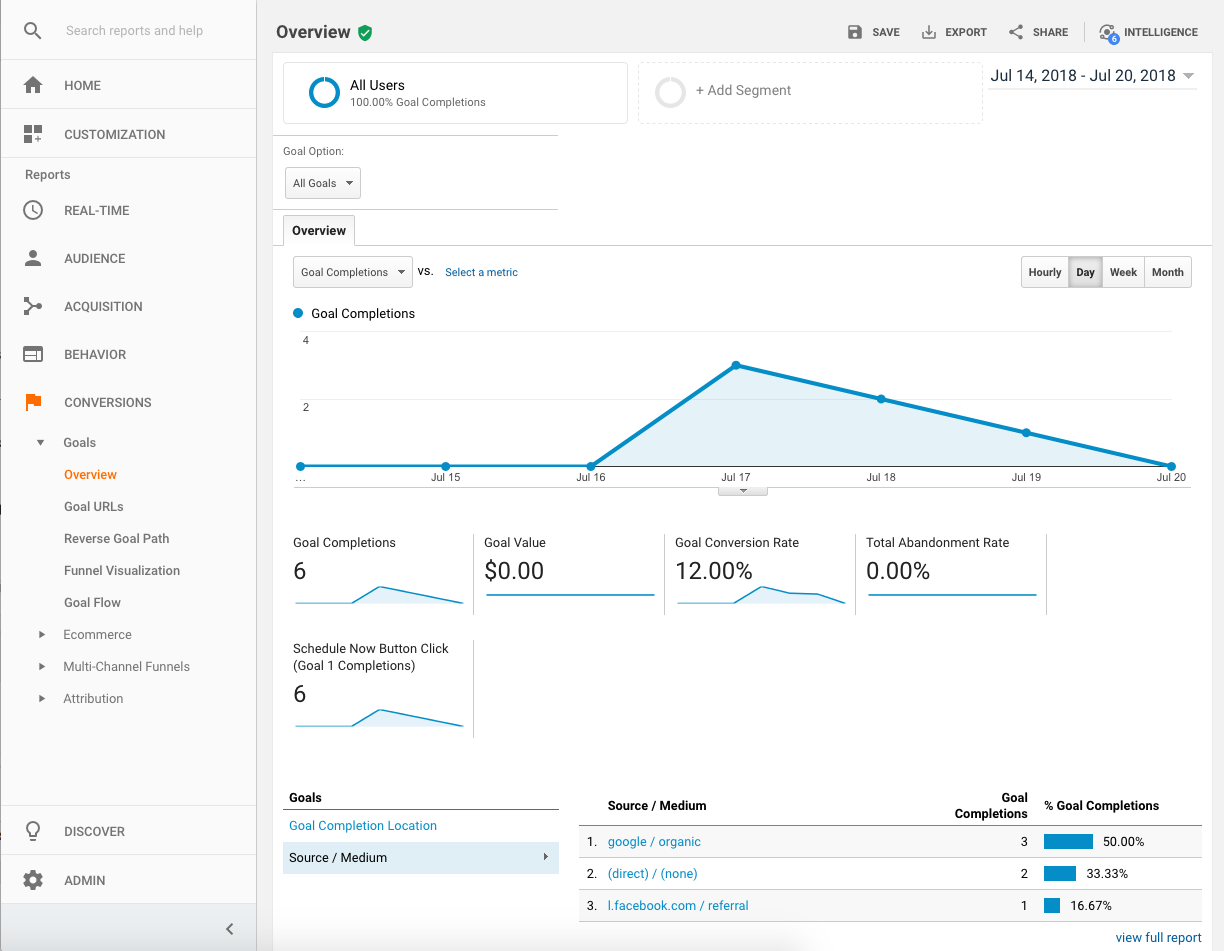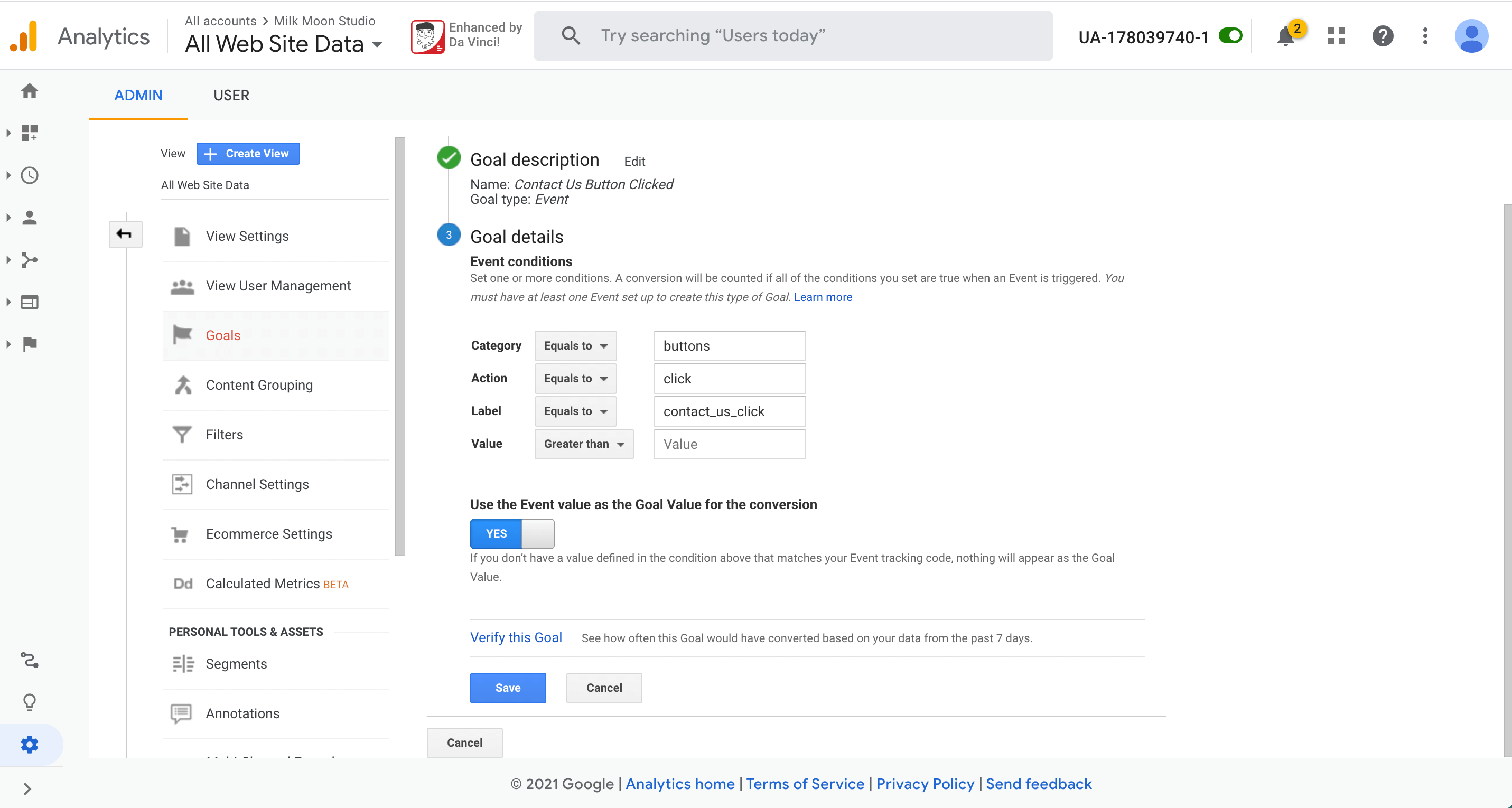What Data Is Google Analytics Goals Unable to Track and Why
What Data Is Google Analytics Goals Unable to Track and Why
Blog Article
Unveiling the Blind Spots: Recognizing What Google Analytics Goals Can not Gauge
In the realm of digital analytics, Google Analytics stands as an effective tool for tracking and assessing on-line user interactions. Recognizing what Google Analytics objectives can not measure is essential for gaining a detailed sight of customer habits and engagement.
Customer Behavior on External Operatings Systems
Recognizing exactly how users engage on external systems is important for enhancing online methods. External systems, such as social networks networks, referral sites, and online discussion forums, play a significant duty in driving traffic to a business's website. By evaluating customer behavior on these systems, businesses can get valuable insights right into the effectiveness of their advertising initiatives and the choices of their target audience.
One key element of customer habits on exterior systems is the referral resource. By tracking where the users are originating from, businesses can determine which systems are driving one of the most traffic to their website. This details can assist business allot their resources better, concentrating on the systems that yield the very best results.

Offline Communications and conversions
Assessing user actions on outside platforms supplies useful insights right into on the internet approaches; nonetheless, taking into consideration offline conversions and communications is equally imperative for a comprehensive understanding of a company's total efficiency. While Google Analytics stands out at tracking on the internet communications, it drops brief in catching the complete consumer trip that commonly consists of offline touchpoints. Offline conversions, such as in-store acquisitions or phone queries, play a considerable role in several organizations' success. Neglecting these communications can lead to a distorted sight of the efficiency of marketing projects and general organization efficiency.

Acknowledgment Beyond Last Click
When delving right into the world of digital advertising analytics, it ends up being important to look beyond the single touchpoint of the last click for a much more detailed understanding of acknowledgment. While Google Analytics provides important insights into individual actions, relying exclusively on last-click acknowledgment can be restricting - what data is google analytics goals unable to track. Acknowledgment versions that exceed the last click offer a much more nuanced view of the client trip, taking into consideration all the touchpoints that bring about a conversion
Attribution beyond the last click allows online marketers to designate debt to numerous interactions along the conversion path, offering a more clear photo of the efficiency of different marketing networks. By exploring multi-touch acknowledgment versions such as direct, time decay, or position-based acknowledgment, organizations can much better assign their advertising budgets and enhance their methods for maximum influence.
Comprehending the influence of each touchpoint in the conversion procedure is crucial for making educated decisions and taking full advantage of ROI. By embracing acknowledgment beyond the last click, businesses can get much deeper insights right into customer actions and tailor their advertising and marketing initiatives more efficiently.
Cross-Device and Cross-Browser Tracking

Similarly, cross-browser tracking matches cross-device tracking by recording individual actions as they switch between different web browsers. Comprehending just how customers communicate with websites on various browsers can assist marketers enhance their on the internet experiences to make sure uniformity and capability throughout various systems.
Qualitative Information and Customer Intent
Recognizing customer intent with qualitative information evaluation is vital for establishing targeted electronic advertising and marketing approaches that reverberate with the requirements and choices of the target audience. Qualitative information gives understandings right into the 'why' behind individual activities, dropping light on motivations, emotions, and preferences that measurable information alone can not record. By assessing individual comments, comments, and communications, marketers can reveal beneficial details regarding user intent, allowing them to customize their messaging, material, our website and offerings to much better line up with what their audience is looking for.
Qualitative information likewise helps in recognizing the context in which customers engage with a website or app. This contextual understanding enables marketing experts to develop more appropriate and personalized experiences, ultimately driving greater interaction and useful reference conversion prices. By diving into individual intent through qualitative information evaluation, services can gain a much deeper understanding of their target audience, leading to a lot more effective advertising and marketing techniques that fulfill individuals' expectations and requirements.
Conclusion
In final thought, Google Analytics goals have restrictions in measuring customer behavior on exterior platforms, offline conversions, acknowledgment past last click, cross-browser and cross-device tracking, and qualitative data connected to user intent. what data is google analytics goals unable to track. It is essential for services to be knowledgeable about these unseen areas in order to supplement their information analysis with various other devices and methods to get a more detailed understanding of their audience and enhance their general electronic marketing approaches
By evaluating user behavior on these systems, services can acquire beneficial insights into the efficiency of their advertising and marketing efforts and the preferences of their target audience.
Examining customer actions on outside systems provides important insights into on the internet approaches; nonetheless, considering offline conversions and communications is similarly important for a thorough understanding of a company's overall efficiency.In digital marketing analytics, moving beyond last-click acknowledgment to explore cross-device and cross-browser tracking is important for getting an alternative understanding of individual interactions across various platforms and devices. By analyzing user feedback, remarks, and interactions, marketing experts can reveal useful info regarding individual intent, allowing them to tailor their messaging, web content, you could try these out and offerings to better straighten with what their target market is looking for.
By delving into customer intent via qualitative information analysis, organizations can gain a much deeper understanding of their target audience, leading to a lot more efficient marketing approaches that meet users' demands and expectations.
Report this page